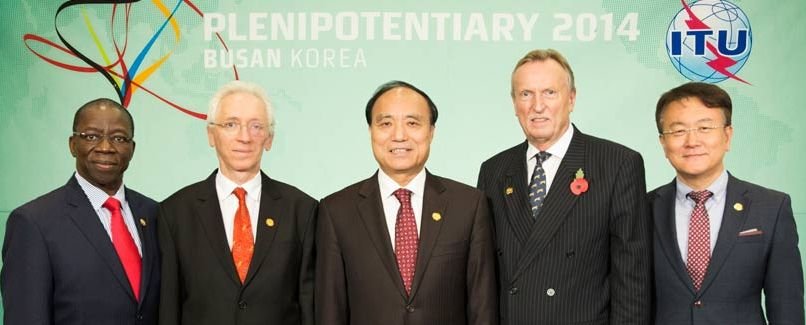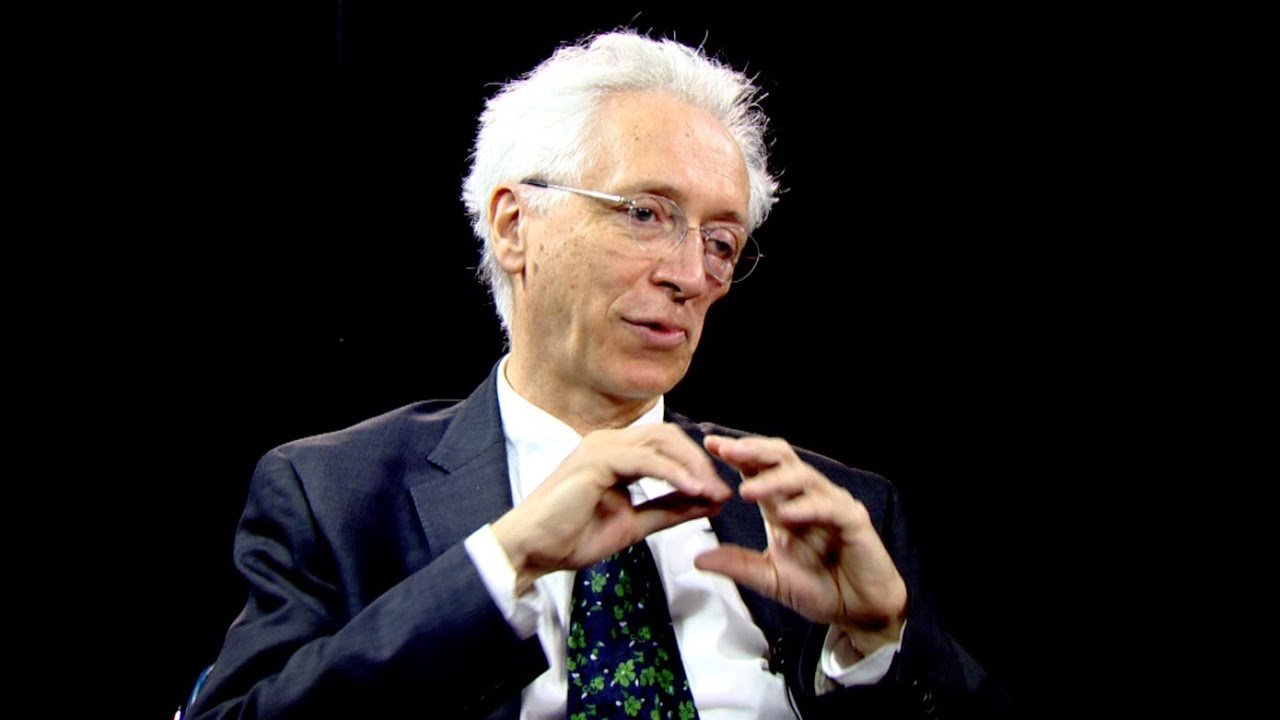
The ITU today announced key decisions at the World Radiocommunication Conference 2015 (WRC-15) from 2 to 27 November in Geneva.
Mobile broadband communications
WRC-15 identified frequency bands in the L-band (1427-1518 MHz) and in the lower part of the C-band (3.4 -3.6 MHz). WRC-15 finalized agreement on some additional portions in other bands that were also allocated to mobile broadband services.
John Giusti, chief regulatory officer, GSMA, said: “GSMA welcomes the support from governments for the global harmonization of 200MHz of the C-band (3.4-3.6GHz) to meet capacity requirements in urban areas. We are also pleased by the decision to globally harmonize the L-band (1427-1518MHz), a mid-frequency band that provides coverage and capacity capabilities.”
WRC-15 decided to include studies in the agenda for the next WRC in 2019 for the identification of bands above 6 GHz that will allow technology to meet demand for greater capacity.
The WRC-15 decision will provide enhanced capacity for mobile broadband in the 694-790 MHz frequency band in ITU Region-1 (Europe, Africa, the Middle East and Central Asia) and a globally harmonized solution for the implementation of the digital dividend.
Amateur radio service gets new allocation
New allocation for amateur radio service in the frequency band 5351.5 – 5366.5 kHz will maintain communications over various distances for providing communications in disaster situations and for relief operations.
Emergency communications and disaster relief
WRC-15 identified spectrum in the 694-894 MHz frequency band to facilitate mobile broadband communications for robust and reliable mission critical emergency services in public protection and disaster relief (PPDR), such as police, fire, ambulances and disaster response teams.
Search and rescue
WRC-15 reinforced protection to Search and Rescue beacons that transmit in the 406-406.1 MHz frequency band signals to uplink to search and rescue satellites, such as the Cospas-Sarsat system. Resolution 205 was modified to ensure that frequency drift characteristics of radiosondes are taken into account when operating above 405 MHz to avoid drifting close to 406 MHz.
Earth observation satellites for environmental monitoring
WRC-15 agreed to new allocations in the 7-8 GHz frequency range to uplink large amounts of data for operations plans and dynamic spacecraft software modifications that will lead to simplified on-board architecture and operational concepts for future missions of earth-exploration satellite services (EESS).
Allocations of spectrum in the 9-10 GHz frequency range will lead to the development of modern broadband sensing technologies and space-borne radars on active sensing EESS.
Unmanned aircraft and wireless avionics systems
WRC-15 opened the way for the development by ICAO of standards for unmanned aircraft systems (UAS), and identified the regulatory conditions that may be applied to such systems internationally. WRC-15 agreed on spectrum for wireless avionics intra-communications (WAIC) to allow for the wiring used in aircraft to be replaced by wireless systems.
Global flight tracking for civil aviation
The frequency band 1087.7-1092.3 MHz has been allocated to the aeronautical mobile-satellite service (Earth-to-space) for global flight tracking in civil aviation for improved safety.
Enhanced maritime communications systems
WRC-15 decided to allocate bands 161.9375-161.9625 MHz and 161.9875-162.0125 MHz to the maritime mobile-satellite service.
Road Safety
79 GHz frequency band will provide a harmonized regulatory framework for automotive radar to prevent collisions and improve vehicular safety by reducing traffic accidents.
Operation of broadband satellite systems: Earth Stations in Motion
The deployment of Earth Stations In Motion (ESIM) in the 19.7-20.2 and 29.5-30.0 GHz bands in the fixed-satellite service (FSS) will enable satellite systems to provide broadband connectivity for the transportation community, said ITU.

